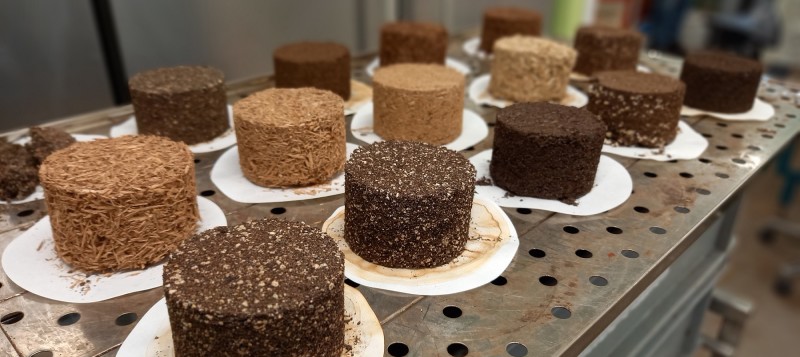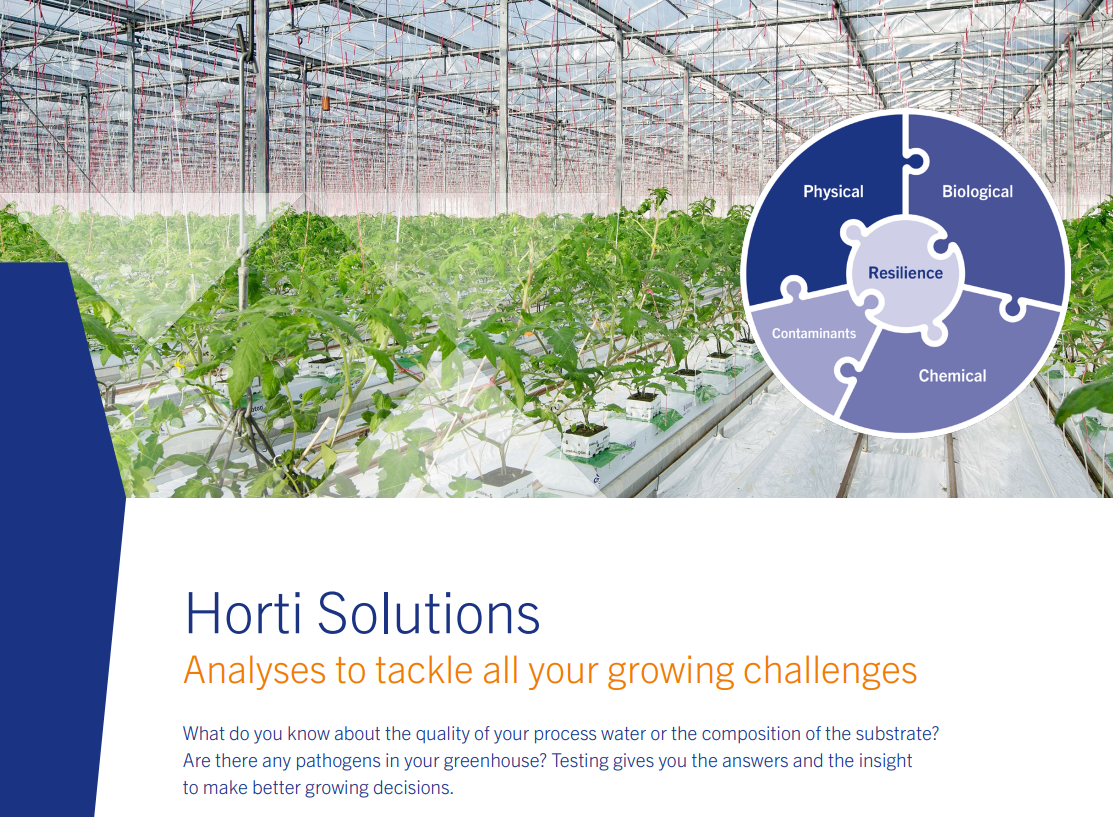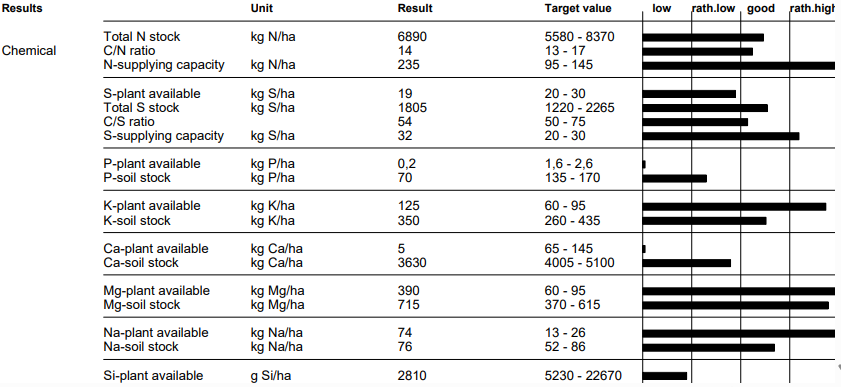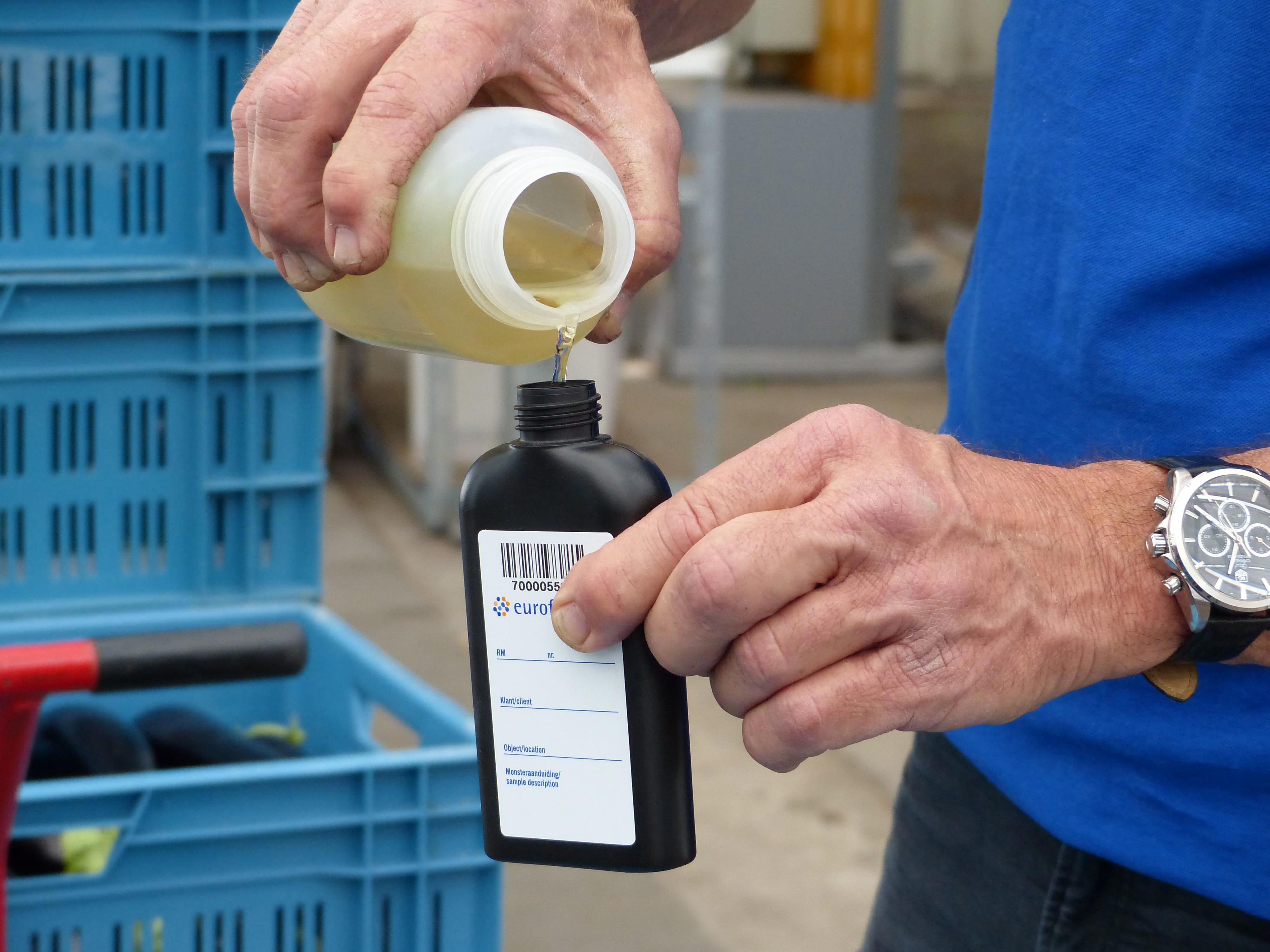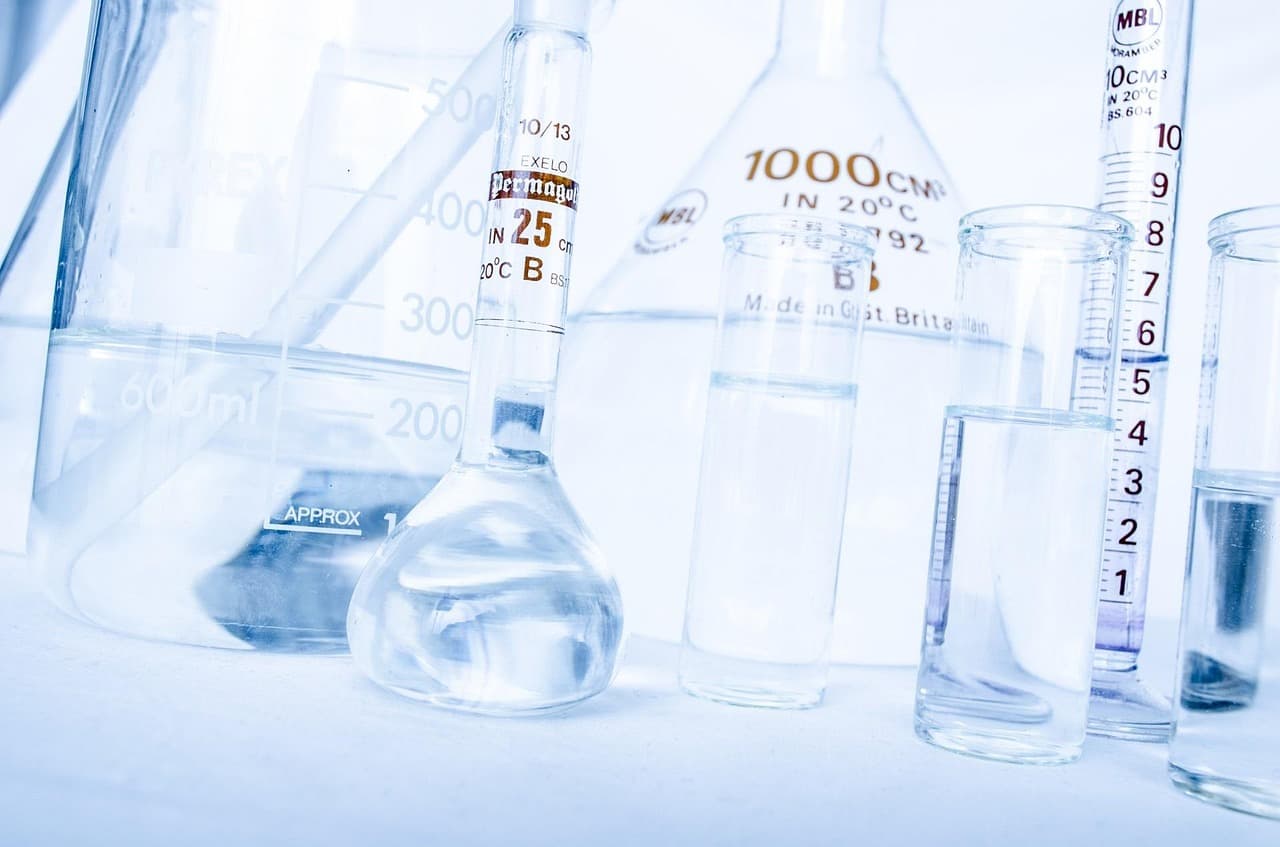Fresh potting soil
Fresh potting soil usually contains enough basic nutrients for a crop. To ensure good crop growth, it is recommended to have your potting soil analyzed at regular intervals throughout the cultivation.
Fertilisation advice
We provide you with fertilisation advice based on the target figures for the crop in organic substrates (potting soil), with particular emphasis on the composition of the irrigation water, the stage of growth and any recirculation. The analysis should preferably be repeated every 2 to 4 weeks.
The potting soil report not only provides analysis data but also a visual representation of the assessed values. The bar charts we provide indicate whether a result is low, appropriate or high, so that you can identify any anomalies immediately.
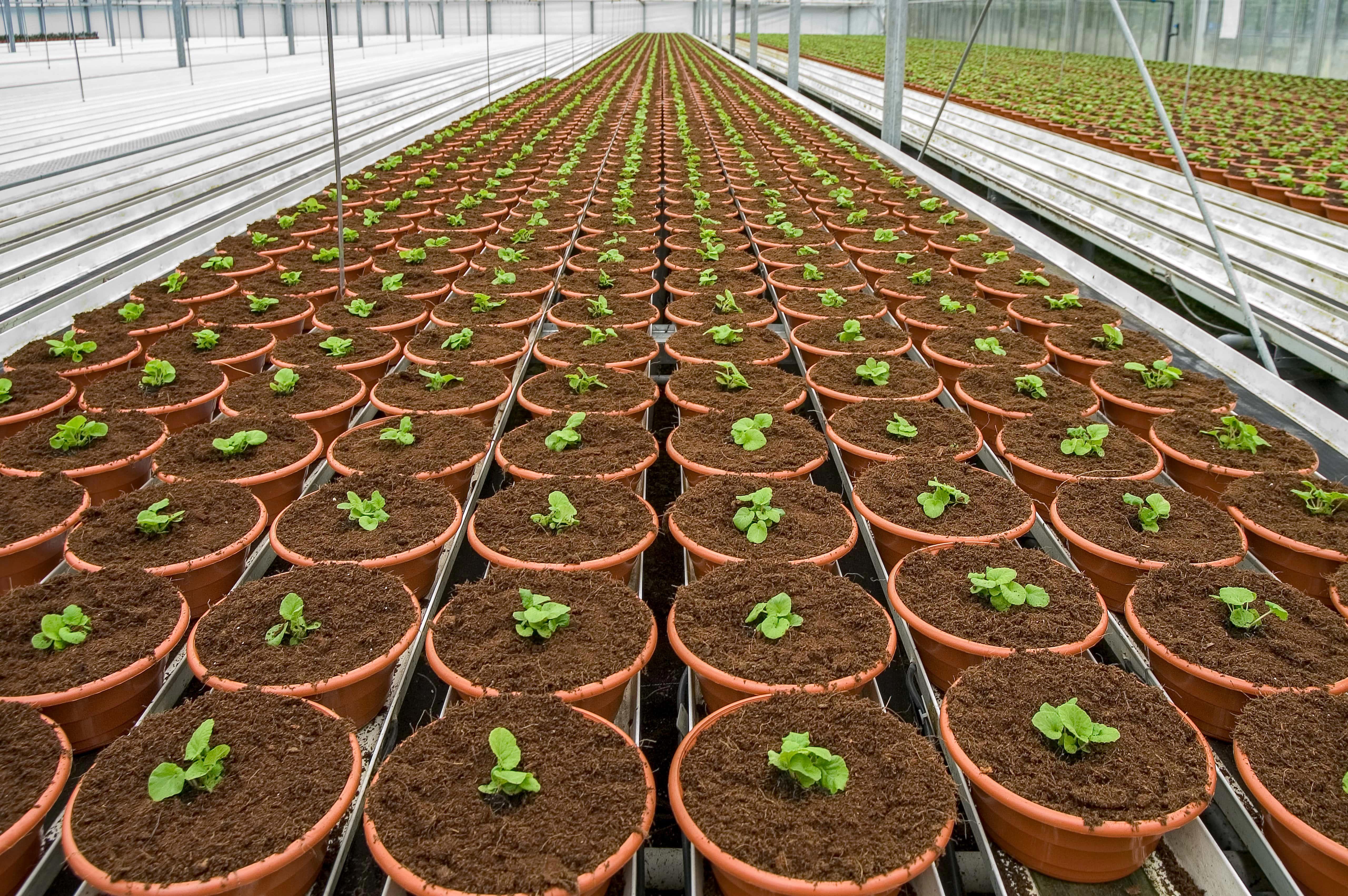
Coco peat
Besides the fertilisation analysis, we can also check the quality of coco peat. We use a special technique to determine the EC, the pH, and the major and trace elements. The importance of a good composting process and appropriate cleaning of the input material determine the ultimate quality of the cocopeat-based growing medium.
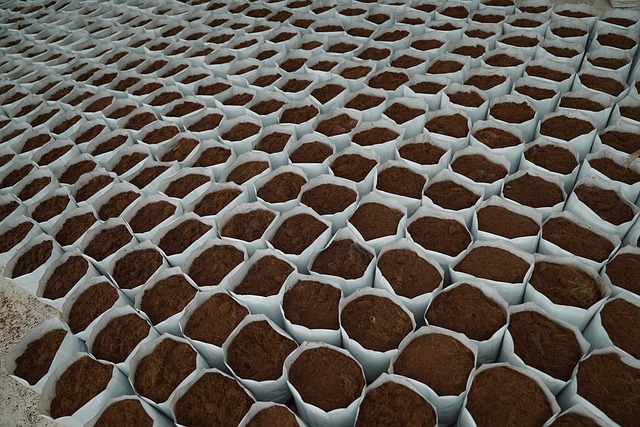

Physical analysis
The suitability of organic substrates is assessed with a physical analysis. Parameters such as the moisture/air balance, shrinkage and bulk density determine the impact the substrate will have on crop quality. The RHP (the European Knowledge Center for Growing Media) uses these methods to check the composition of potting soil from the growing media industry. This analysis is performed by Eurofins Agro.
Basic analyses parameters: pH, EC, NH4, K, Na, Ca, Mg, NO3, Cl, S, HCO3, P, Fe, Mn, Zn, B, Cu, Mo, Si.
Additional;
- Ureum
- Aluminium (Al)
- Fluor (F)
A pretreatment to remove slow release fertilisers (CRF) granules is recommended.
Method
Eurofins Agro analyses samples according to prescribed and established methods. The analysis report briefly describes the method. Here you can also see which method has been accredited by the Accreditation Council. We then put a Q after the method.
In the tab Downloads, in the document “Methoden Horticulture onderzoek” (in Dutch) you will find a detailed description of the methods. This document supplements the information on the analysis report.

